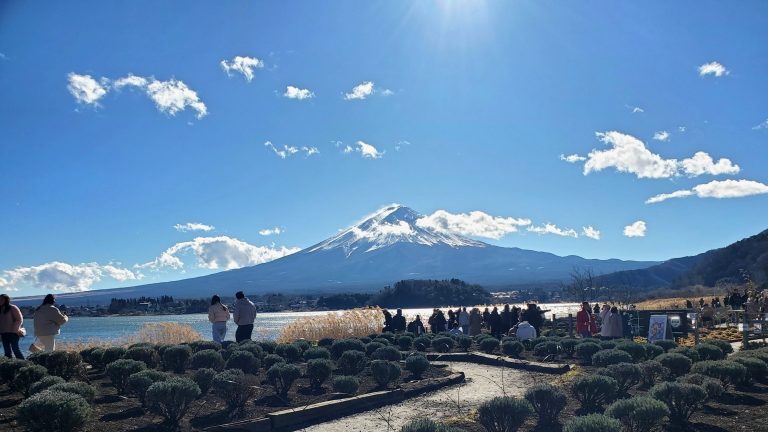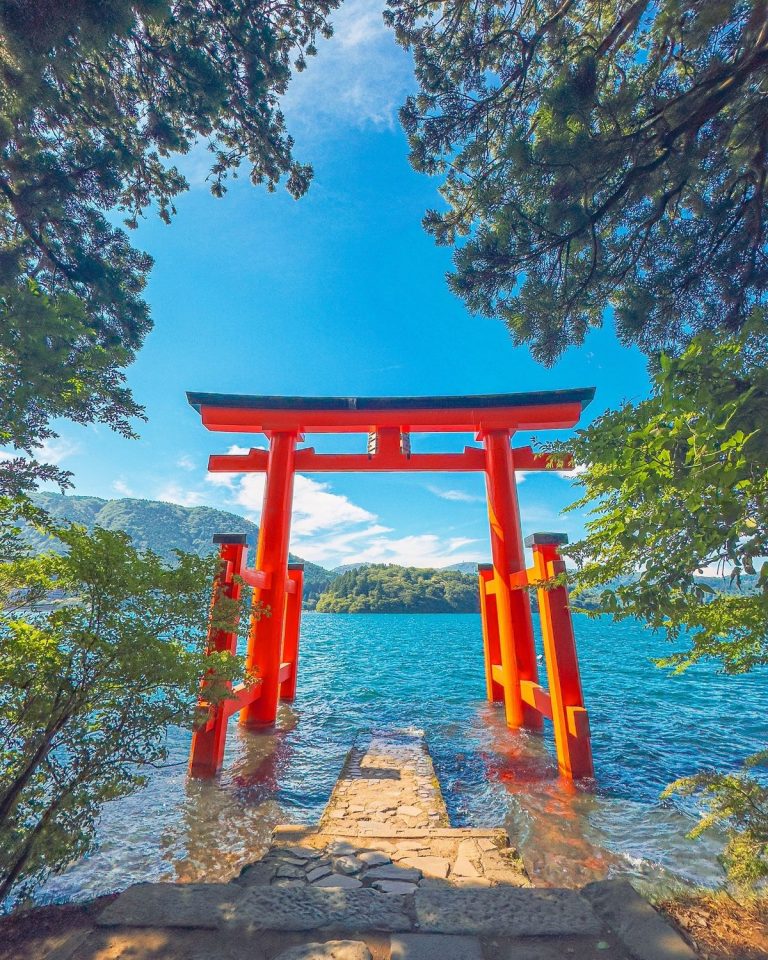what to expect
Japan blends efficient transport, spotless cities, and layered traditions — expect clear signage in major hubs, polite service everywhere, and crowds at popular sights during peak times. With a little advance planning (reservations, train seat booking, and a basic etiquette primer) most first-time hiccups vanish quickly.
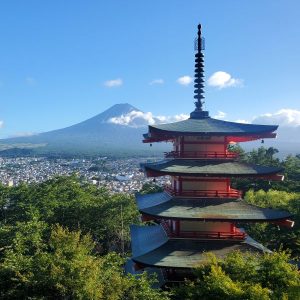
Before you go — passports, visas & basic prep
Check visa rules for your nationality and ensure your passport has at least six months’ validity if required; many travelers can enter visa-free but always confirm. Book key elements in advance (international flights, at least your first night, and any ryokan or special experiences) to remove last-minute stress and secure peak-season dates.
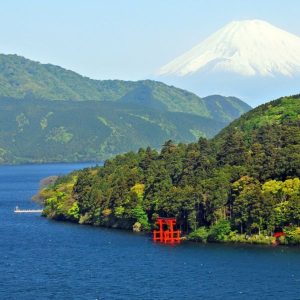
Food & dining etiquette — eat like a local
Japan’s food scene ranges from Michelin counters to tiny noodle shops; be adventurous but polite — slurping ramen is fine, but avoid loud phone calls in restaurants and always follow table rules like removing shoes where required. If you can, learn simple phrases (“sumimasen,” “arigatou”) and point to dishes when unsure — staff are helpful and appreciative.
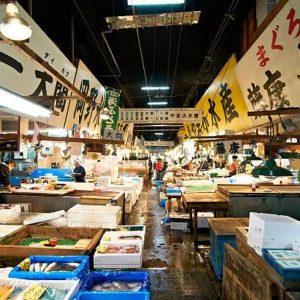
Avoiding tourist-stress — bookings & timing
Book popular restaurants, tea ceremonies, and ryokan well ahead (4–8 weeks in high season). Avoid Golden Week, New Year and Obon if you prefer less crowded travel; if travel dates are fixed, accept crowds and book earlier for trains and lodging.
Cultural do’s & don’ts
Do remove shoes when asked, queue politely, and bow slightly to thank people; don’t talk loudly on trains, eat while walking in busy streets, or stick chopsticks upright in a rice bowl (it resembles funeral ritual). These small actions go a long way toward smooth local interactions.

